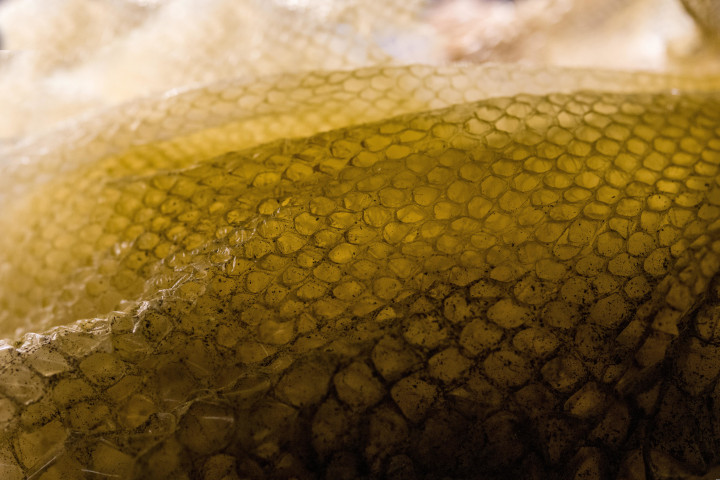As we step into 2025, the Chinese Year of the Snake, this enigmatic creature takes on a heightened significance, inviting us to explore its profound symbolism and the mysteries it embodies. The snake has long represented duality, serving as a bridge between opposites: the earthly and the divine, the finite and the infinite. It is a creature steeped in esoteric resonance, holding a mirror to our own paradoxical nature.
The ancient Ouroboros, a serpent devouring its own tail, beautifully encapsulates the eternal cycles of creation, dissolution, and rebirth. It symbolizes perpetual motion, where beginnings and endings converge into an infinite dance of existence. The snake’s ability to shed its skin adds another layer of meaning, offering a powerful metaphor for transformation. This act of renewal reminds us to release outdated identities, habits, and limitations, making way for our higher potential. Its coiled form evokes the concept of Kundalini energy, a dormant force within us that, when awakened, harmonizes duality and propels us toward enlightenment.
Adding to the snake’s mystique is its capacity for parthenogenesis—a biological marvel where female snakes can reproduce without a mate. In this rare process, a female’s egg fuses with a polar body, a byproduct of egg formation, to create a viable embryo. This phenomenon, observed in species like the reticulated python and boa constrictor, often occurs in isolated females, serving as an evolutionary safeguard to ensure survival. The offspring, typically female, are genetic clones or half-clones of their mother, perpetuating the lineage even in the absence of a mate. Beyond its scientific intrigue, parthenogenesis carries profound symbolic weight, mirroring the concept of the virgin birth found in myths and spiritual traditions.
In Greek mythology, goddesses like Gaia, the personification of Earth, were said to create life spontaneously, embodying themes of feminine creative power and self-sufficiency. In Hindu myths, snakes are revered as guardians of life and fertility, while in Christian symbolism, the snake’s association with Eve ties it to themes of creation and knowledge. The miraculous nature of parthenogenesis enriches the snake’s already complex relationship with divine wisdom. Similarly, in Chinese mythology, serpentine dragons are seen as embodiments of creative and transformative energy, while the Aztec feathered serpent deity Quetzalcoatl represents renewal and creation. Across cultures, the snake symbolizes a self-contained cycle of life, a union of mother and progeny that echoes the eternal renewal of the Ouroboros.
This rich symbolism invites reflection on the nature of independence and resilience. Parthenogenesis, in particular, challenges traditional notions of reproduction and partnership, offering a profound metaphor for self-reliance and inner completeness. It reminds us that within each of us lies the power to create, transform, and sustain ourselves, even in the face of solitude or adversity. The snake, both grounded and transcendent, inspires us to honor our dual nature and embrace the infinite potential within. As we step into the Year of the Snake, we are called to shed what no longer serves, rise above limitations, and recognize our capacity for renewal and creation. The snake, in its eternal wisdom, shows us the way forward.
Laura Lee




